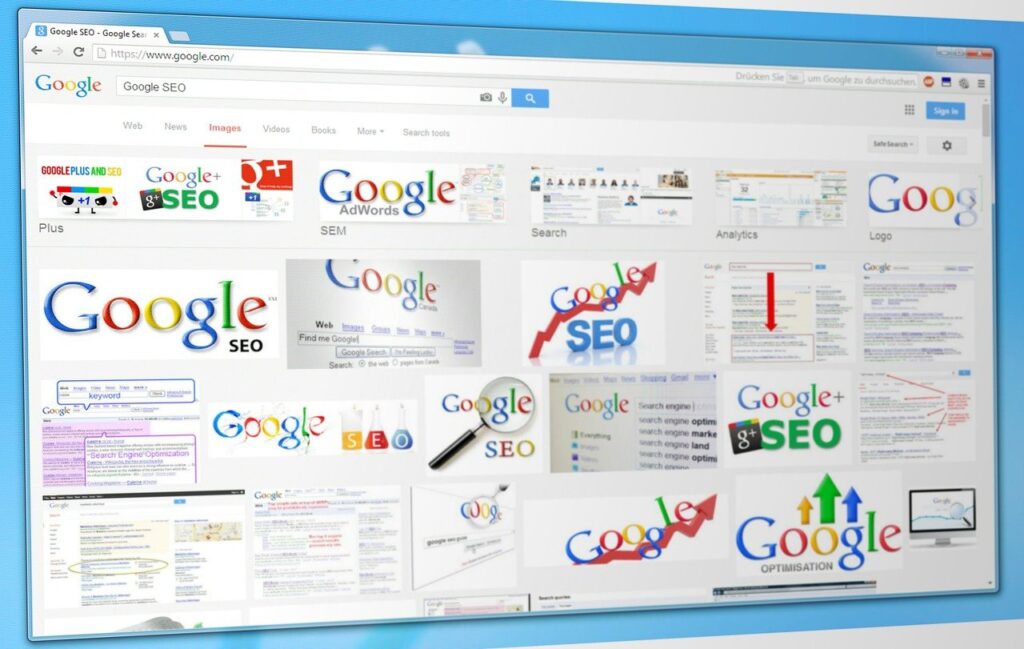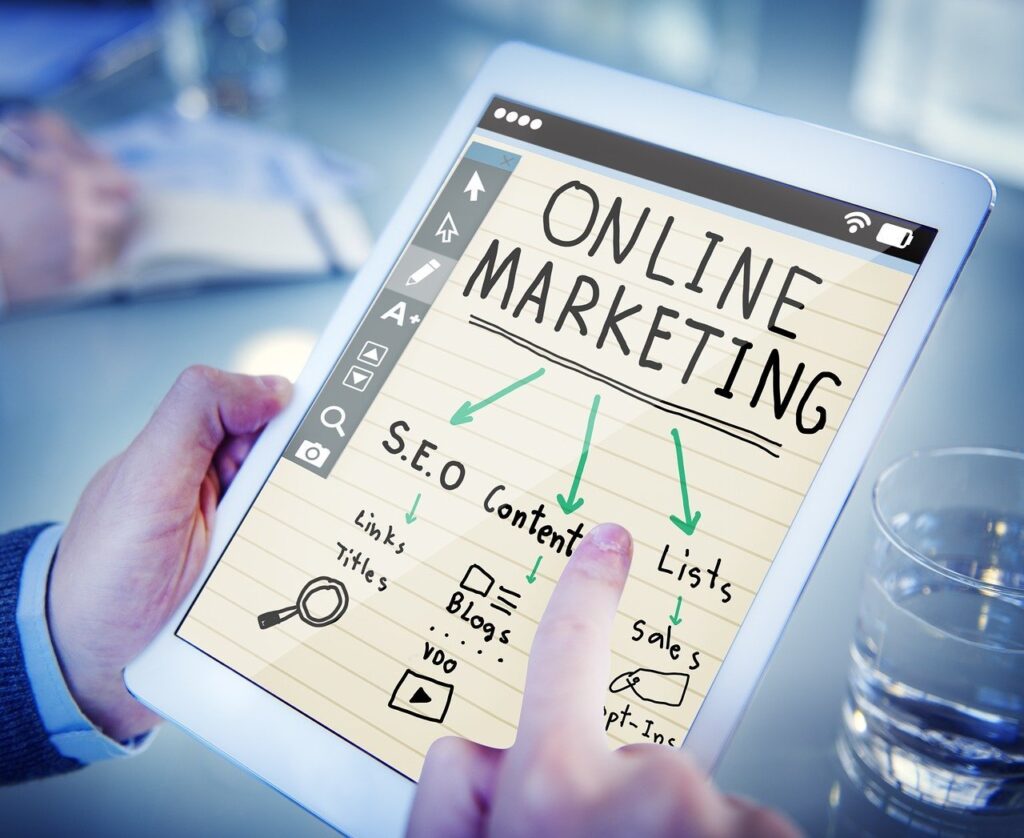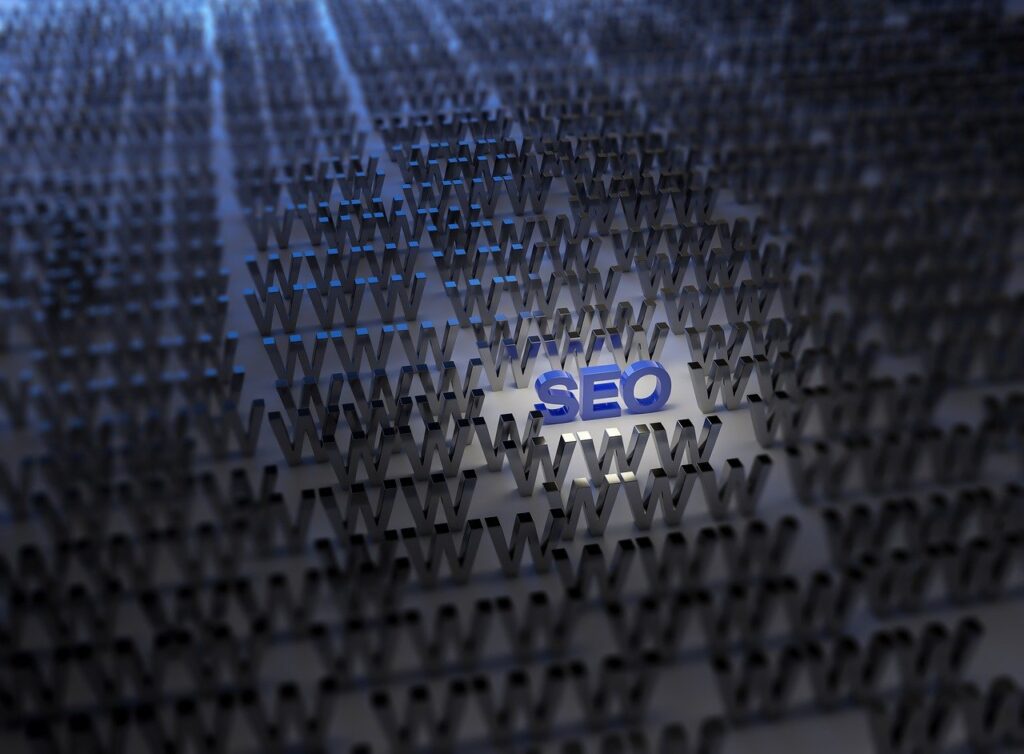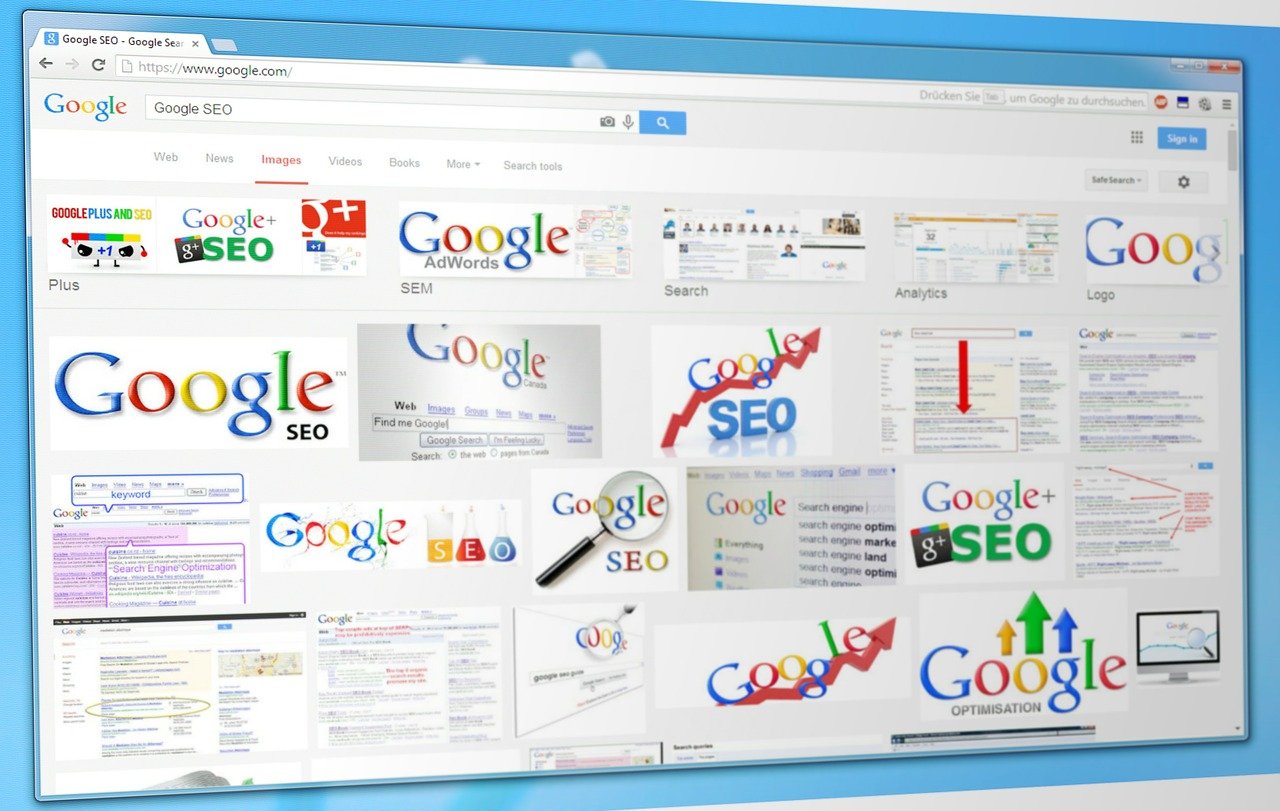Easy On Page SEO Optimization

Search engine optimization (SEO) is something you’ve likely heard about before. It can help you attract organic (unpaid) traffic to your website. There is a lot more to SEO than keywords to learn about. This report is not comprehensive; but it will give you the meat of what SEO is, the different types of SEO, what it does, and how to do it.
On Page SEO
Essentially on-page SEO is any SEO that you do directly on each page of your website and it all starts with content. But, it also includes architecture, and the actual code within your website.
Content
Anything you put on your website that disseminates information to your audience is content. Posts, articles, memes, images, and graphics – all of it is content. You want to have a variety of different types of content for maximum SEO value.
- Quality vs. Quantity – While it’s true that you want to put up a lot of content for your audience it’s more important for the content to be of high quality. You do want to put up content more often than monthly but you don’t need to put up several things each day if it will compromise the quality of the information you put up for your audience.
- Keyword Research – many people choose not to do keyword research but if you do it, you’ll waste less time creating content that doesn’t get results and end up with more time to create awesome content that does get results.
- Use Words Strategically – Try to figure out what type of power words make your audience feel something and want to do something. There are general power words that you can use such as “devastating blow” or “majestic views” or something that gets their attention and makes them feel.
- Hot Topics, Updated, and Fresh – A great way to make use of the time you have to create content is to focus on hot topics and trends of the day. Keep the content updated and fresh by using headlines of the day to evoke curiosity. Warning: Don’t try to trick your readers with clickbait. It only works a few times then it stops working and you’ve lost something important: Trust.
- Horizontal & Vertical –You want a combination of both types of content. Think of it this way, horizontal content overs everything on your website is full of content on all pages like your about us page, or home page and that it’s consistent throughout. Vertical content concerns itself with a specific topic and goes across all channels and how they work to improve your website.
- Provide Solutions – Your content also should seek to provide solutions for your audience. They want you to help them solve their problems. They should be able to solve some of their problems without buying anything and your content can fulfill that need.
- Authoritative – Longer more in-depth content such as long blog posts, white papers, and articles as well as guides can help people and search engines know that your site is serious and that you are there to help your audience.
When it comes to content and SEO you have a lot of ways that you can improve your content by using good SEO practices such as using keywords within the first paragraph, the title, subheadings and headings as well as anchor text.

Architecture
The other important on page SEO is the architecture of your website. If your page doesn’t load fast, then even if people do click through to read due to your headlines and content, they’ll lose patients and quit. Ensure that all of the following is optimized.
- Site Maps – Search engines need to crawl or ‘see’ your pages in order to index them. If the search engines can’t do that, your info won’t be listed on search pages. The best thing to do is create a site map so that the search engines can easily crawl and index your website.
- Avoid Duplicate Content – You’ve heard it before and it’s true. To be sure, check any content you put on your website with Copyscape.com or Grammarly.com or another plagiarism checker. Even if you didn’t purposely plagiarize, you want everything to be unique on your site.
- Responsive – Your site must be mobile right now. There is no time to wait until later. If your site is not mobile, Google is not going to keep listing it. Plus most people use mobile devices to interact with the net these days.
- Load Speeds – Having a website that loads slow is bad for you and bad for users and due to that, it’s bad for SEO. You can test your website speed here. You want it to be less than 10 seconds, if not about 3 seconds.
- Meaningful Page URLs – This goes back to using keywords in titles. You want the URL to say what’s on that page. Rather than saying page 1 or page 2, make sure it says “about your business” or “take a course” so that people and search engines know what will be on the page.
- Security – If you sell anything on your website, having secure HTTPS with an SSL certificate is important not just to people using the site but Google ranks secure sites higher than the others do. Ask your webhost for information about this.
How your site is arranged and whether or not your audience can find what they want on your page is imperative for good SEO.

HTML
The other aspect of your on page SEO that you need to concern yourself with is all the HTML code. If you use a good builder like self-hosted WordPress this will be take care of for you for the most part, or it’ll be easy to do it.
- Titles with Keywords – All your titles for every page and blog post should include a keyword, say what’s on that page, and what’s in that blog post. This will help that page rank higher due to it being clear what’s on it.
- Meta Descriptions – Within the website, behind the scenes are meta codes. These bits of code tell search engines what’s inside. You’ll be given an opportunity to fill out the meta descriptions if you use a good plugin like Yoast SEO to help you. Don’t skip this as you create your website, it’s important.
- Is Your Navigation Well Structured? – Also, you want to be sure that your audience can take one look at your home page or landing page and know exactly what to do and how to get around your site. A great thing to do is create a “start here” guide to help them know what to do first and how to get around if your site is large.
- Using Headers – Headlines, subheads, and proper H1/H2 tags are super important to use not only for your audience, because it’s easier to read chunky content online, but for the search engines because these clues to the content on your site help them send the right audience.
If you hire a web designer, ensure that they’ll help you with these things because they’re super important for your success. If you are doing it yourself, learn all you can, and use a great website builder like self-hosted WordPress.
